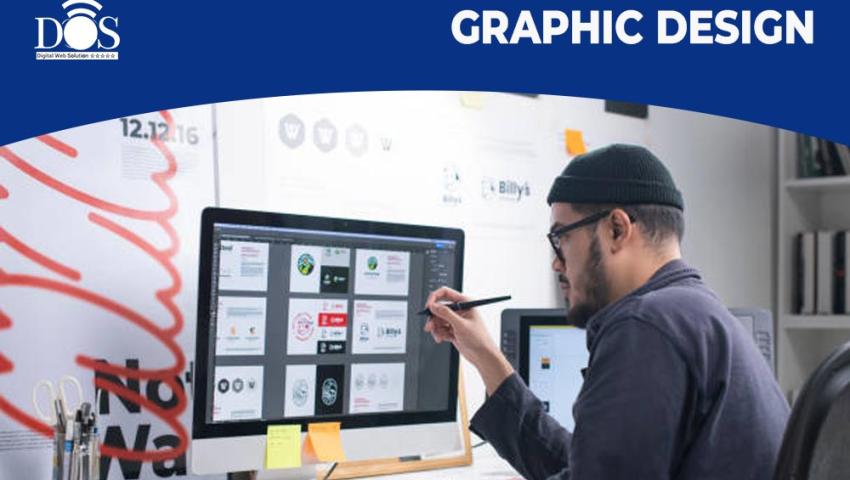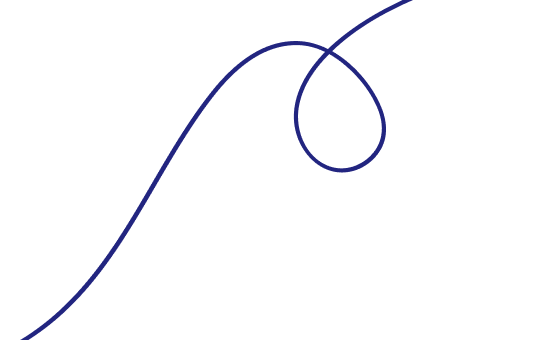
The Ultimate Guide to Graphic Design: Principles, Tools, and Trends
Explore the world of Graphic Design, from essential principles to the latest trends and tools. Learn how design shapes branding, marketing, and digital experiences. Whether you're a beginner or a pro, this guide will help you enhance your creativity and create stunning visuals.
Graphic Design Basics: Principles, Tools, and Latest Trends
Graphic design is a crucial part of visual communication, helping businesses, brands, and individuals convey messages effectively. Whether for marketing, web design, or branding, graphic design plays a vital role in attracting audiences and enhancing user experience.
This blog will cover the importance of graphic design, its principles, essential tools, various types, and the latest trends shaping the industry.
1. Purpose of Graphic Design
Graphic design serves multiple purposes, from branding to advertising and user experience. Here are some key objectives of graphic design:
- Brand Identity – Creating logos, color schemes, and visual elements that define a brand’s personality.
- Marketing & Advertising – Designing flyers, social media posts, and banners to promote businesses and products.
- User Experience (UX) Enhancement – Designing intuitive and visually appealing websites, mobile apps, and software interfaces.
- Communication & Engagement – Simplifying complex information through infographics, presentations, and visuals.
- Aesthetic Appeal – Enhancing the overall look of content to make it more engaging and professional.
2. Key Principles of Graphic Design
To create visually effective designs, designers follow these core principles:
- Balance – Distributing elements evenly to maintain visual stability.
- Contrast – Using colors, fonts, and shapes to highlight key elements.
- Alignment – Ensuring elements are placed correctly for a clean and structured look.
- Repetition – Maintaining consistency with repeated fonts, colors, and styles.
- White Space – Leaving empty space strategically to improve readability and focus.
3. Essential Graphic Design Tools
Graphic designers use different tools depending on the project. Some popular tools include:
- Adobe Photoshop – Best for image editing and digital art.
- Adobe Illustrator – Ideal for vector graphics and logo design.
- Canva – A simple design tool for beginners and non-designers.
- Figma – A collaborative UI/UX design tool.
- CorelDRAW – A vector-based design tool for detailed illustrations.
4. Types of Graphic Design
Graphic design has several applications, including:
- Branding & Identity Design – Creating logos, business cards, and brand guidelines.
- Marketing & Advertising Design – Designing posters, brochures, and digital ads.
- Web & UI/UX Design – Crafting website layouts, app interfaces, and dashboards.
- Packaging Design – Designing labels and product packaging for branding.
- Motion Graphics & Animation – Creating animated videos and visual effects.
5. Latest Trends in Graphic Design
The design industry constantly evolves with new styles and technologies. Some of the latest trends include:
- Minimalist Design – Clean and simple layouts for modern aesthetics.
- 3D & Isometric Art – Adding depth and realism to visuals.
- Bold & Custom Typography – Unique fonts to enhance brand identity.
- Dark Mode UI – Stylish, eye-friendly dark themes in web and app design.
- AI-Generated Design – Using artificial intelligence tools for automated design creation.
Conclusion
Graphic design is essential for businesses and individuals looking to create a strong visual presence. Whether you’re designing for branding, marketing, or digital experiences, understanding the principles, tools, and trends of graphic design will help you create compelling and effective visuals.
Purva Kumari
Leave a comment
Your email address will not be published. Required fields are marked *


